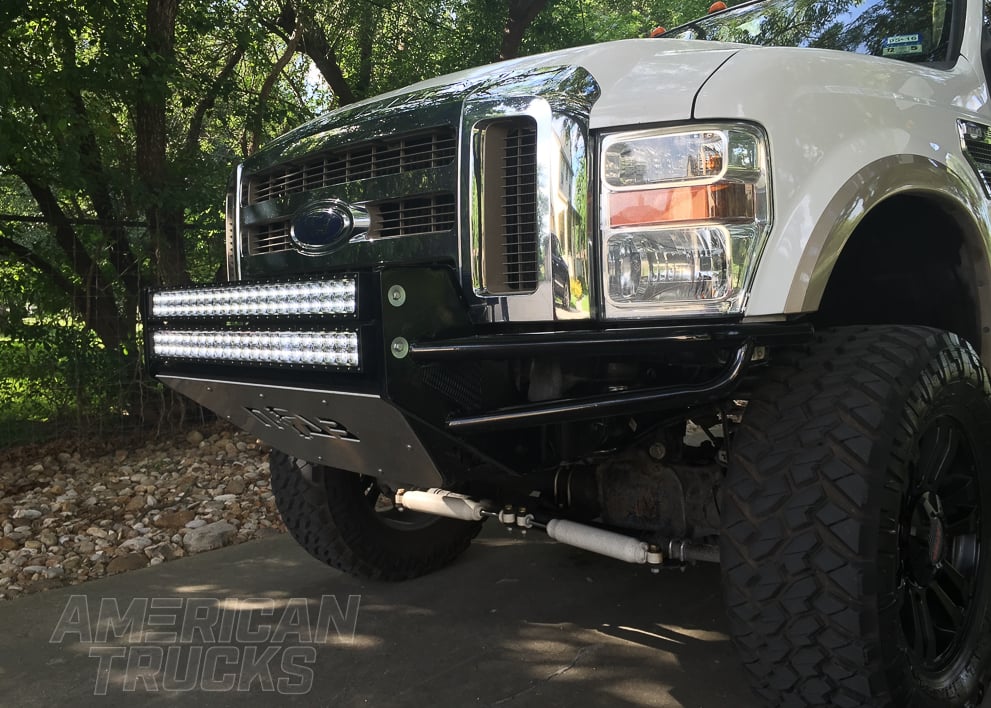Tires are undoubtedly one of the most important parts of a vehicle. Without the proper rubber on the wheels, accelerating, climbing, performing in general or even being able to move can be greatly compromised. With an F-250, or any vehicle for that matter, you’ll need to make sure you have the correct tires for what type of driving you’ll do. Some of this may be basic knowledge, but it’s worth visiting the common tire types for the F-250 to understand when and why you should be using them.
Table of Contents
- The Basic Anatomy of a Tire
- What Tires Arrive on Ford F-250s Stock?
- What Kinds of Tires are Available?
- Adjusting to Terrain
- When to Swap All-Terrains for Mud, and from Street to Snow Tires
- What’s Airing Down, and How Does it Help in Certain Situations?
- Load Rating/Towing Considerations
Shop F250 Tires
Having the right tires for the terrain is like having the right tools for a job. You might get the job done, but it'd be infinitely more painstaking. The same is true with tires and off-roading or unpaved job sites. Standard street tires might leave you stuck, so be sure to upgrade to all-terrains or mud tires before leaving the black top.

